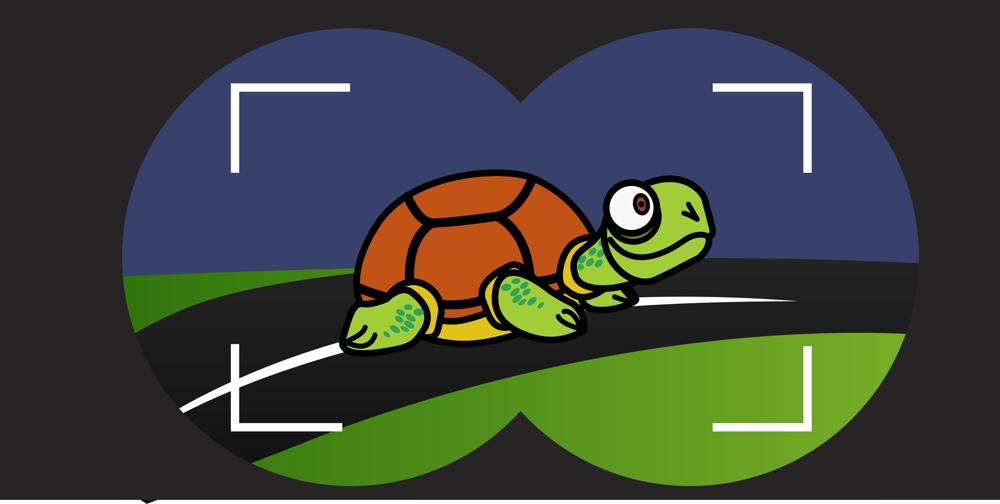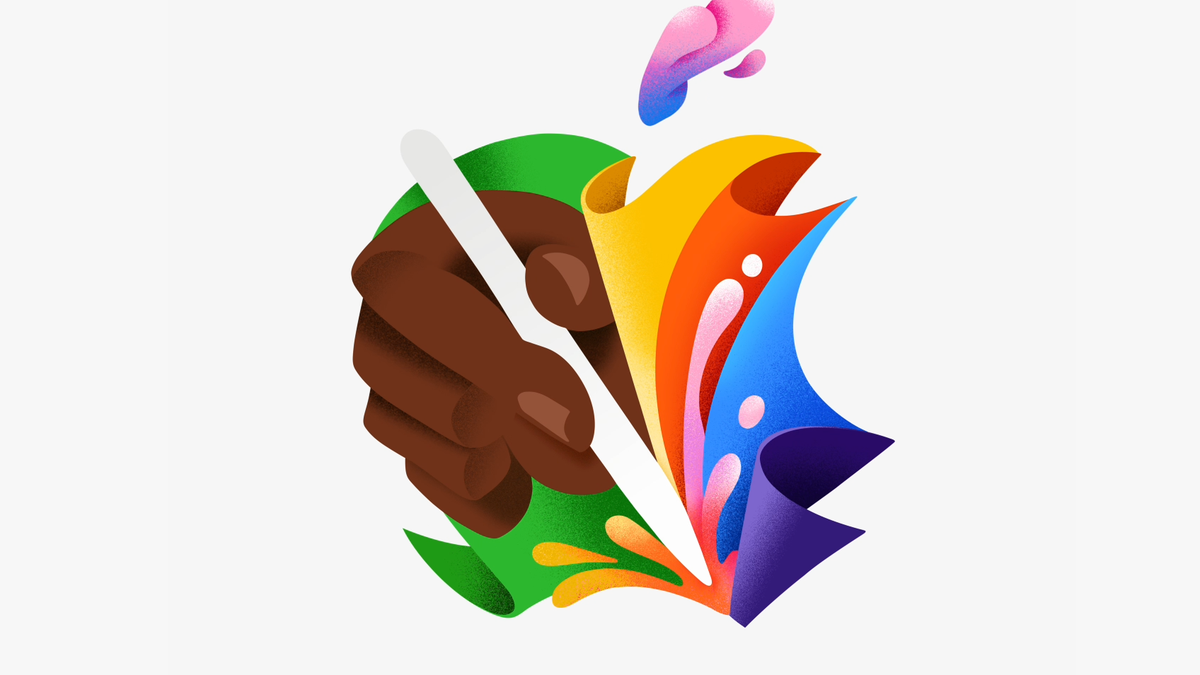
A JavaScript developer’s guide to browser cookies
If you’re a JavaScript developer and you want to learn about browser cookies and what you can do with them, you’re at the right place. This article will cover how browser cookies work, how you can access and manipulate them both from the client and server, and how to control their visibility across browsers using their attributes.
A browser cookie is a small piece of data stored on a browser that’s created either by the client-side JavaScript or a server during an HTTP request. The browser can then send that cookie back with requests to the same server and/or let the client-side JavaScript of the webpage access the cookie when a user revisits the page.
Cookies are generally used for session management, personalization (such as themes or similar settings), and tracking user behavior across websites.
Since all domain cookies are sent with every request to the server on that domain, they can significantly affect performance, especially with low-bandwidth mobile data connections. For the same reason, browsers also typically set limits for cookie size and the number of cookies allowed for a particular domain (typically 4kb and 20 cookies per domain).




















